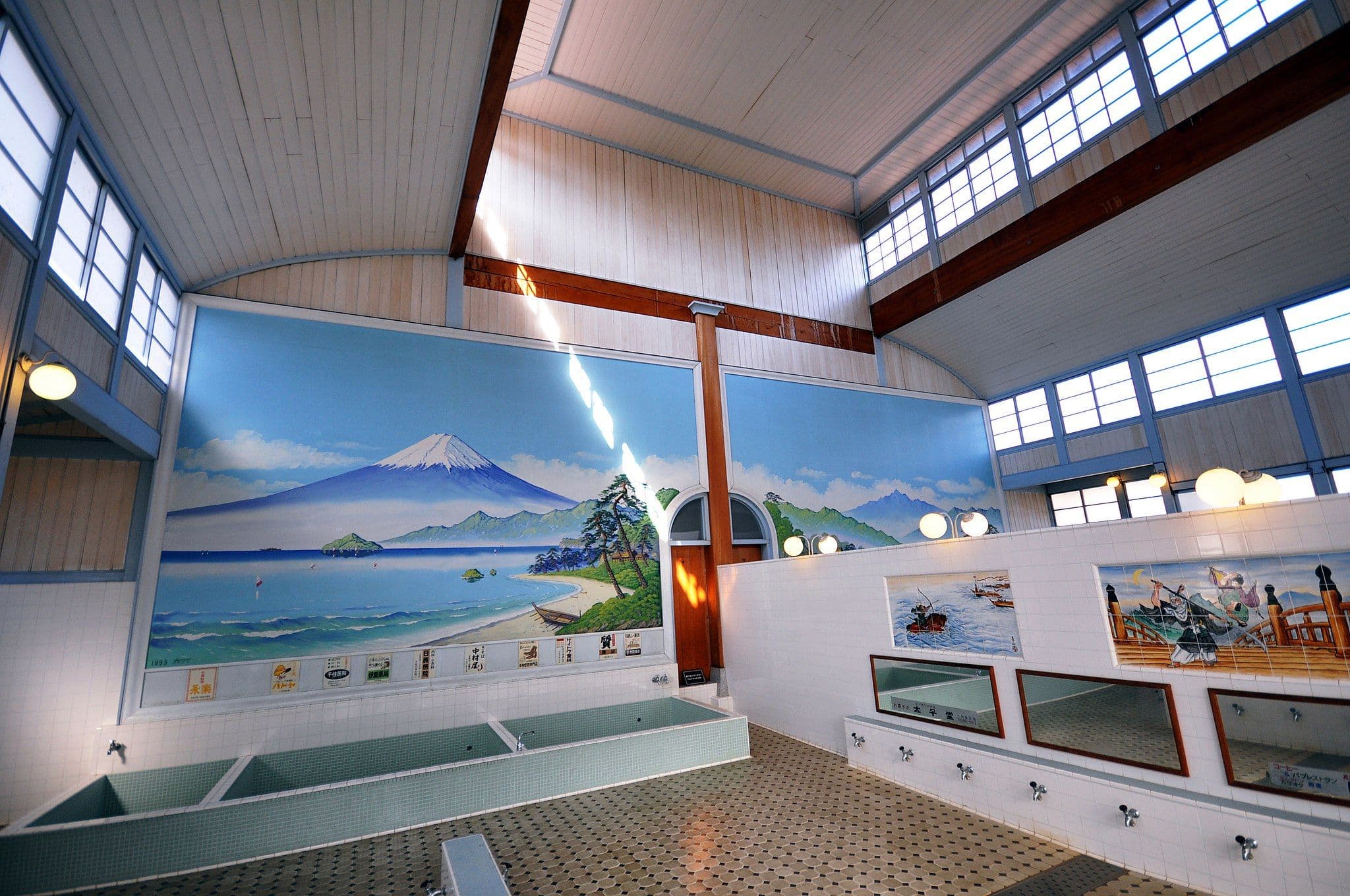
Sentō
銭湯Sento is a traditional Japanese public bathhouse. It is a place where people gather to relax, socialize, and cleanse their bodies. Sento are typically large, communal bathhouses that feature a variety of bathing facilities, including hot springs, saunas, and hot tubs.
Sento have a long history in Japan, dating back to the Edo period (1603-1868). During this time, they were an important social hub and a place for people to gather and exchange news and ideas. Sento were also popular because they provided a place for people to bathe and cleanse their bodies, as many homes in Japan did not have indoor plumbing.
Sento typically consist of two main areas: the changing room and the bathing area. In the changing room, bathers undress and store their clothing in lockers. The bathing area includes various pools and baths of different temperatures, sizes, and depths. Bathers may also use soap and shampoo to clean themselves before soaking in the hot water.
Today, sento are less common in Japan as most homes now have indoor plumbing, but they remain a popular cultural tradition and a beloved part of Japanese culture. They are also seen as a symbol of community, offering a place for people to come together, relax, and escape the stresses of daily life.
Last Updated: